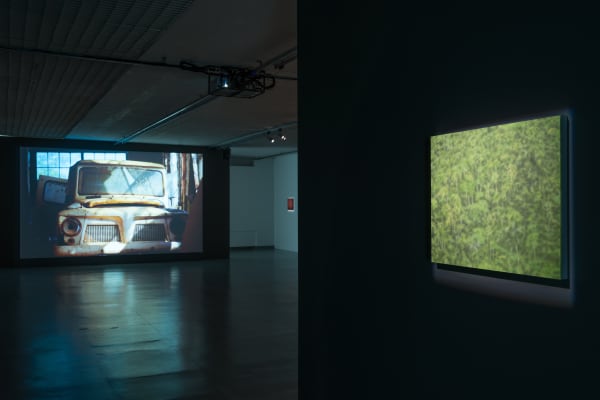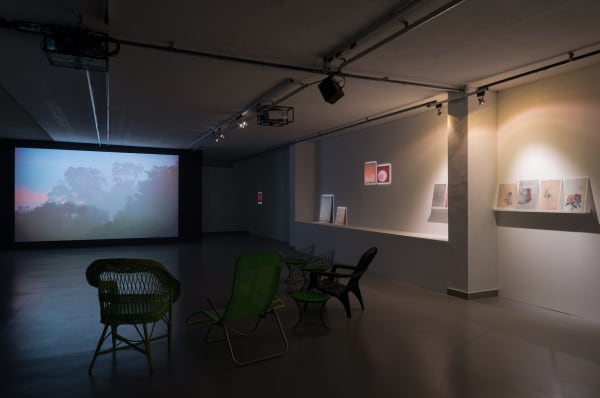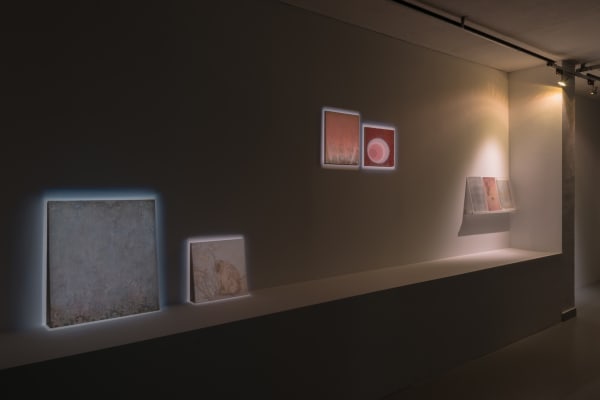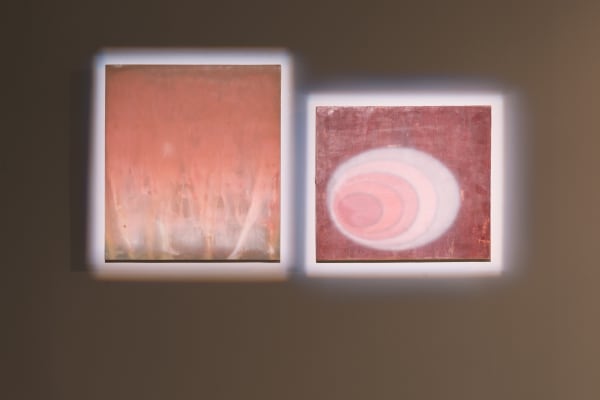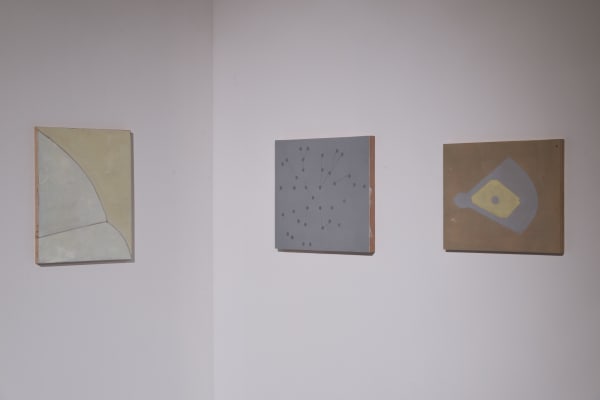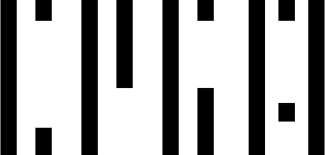Melanie Smith’s solo exhibition “Crocodiles and Elevators” presents films and paintings – media that the artist often employs in parallel, and that are coupled by the format of rectangle or frame. In the work of Smith, rectangle and grid allude to a continuous interest of hers – a certain expanded vision of the notion of modernity, which the artist has deconstructed on frequent occasions. In Smith’s practise, this relationship with modernity encompasses a vast field of interrelations; both its discordant manifestations in contemporary Latin America – especially Mexico – and the forms of the avant-garde and post avant-garde movements that embodied aesthetical and political categories of modernity.
The work of Melanie Smith often derives from historical or contemporary heterotopias as well as from gestures of quotidian urban life, and frequently refers to the imagery of the modernist canon; monochrome painting of Kazimir Malevich or Robert Smithson’s displacement works, for example. However, by employing formalist deconstruction and surrealist tactics of absurd and off-key montage, the forms and ideological structures of modernity are distorted, expanded and transformed. That which is perceived as anachronistic, unstable and chaotic – the so called failed and incomplete Latin American modernity – in Smith’s work becomes an opening for a possibility. A glimpse at what happens between the frames and around the surface reveals a certain off-frame in form and content; shifting and migrating meanings and uncertainty of recognition.
The exhibition also features Fordlandia, the latest film by Melanie Smith, shot in the Brazilian Amazon, where in the 1930s the automobile manufacturing magnate, Henry Ford, constructed an industrial settlement with an aspiration to extract rubber on mass scale. The project soon collapsed and remote settlement in the tropics was abandoned. Smith, who in her earlier works often explored the multitudes of the urban Mexico City living and the imagery produced by its tensions, approaches this industrial project as if through the lens of nature as chaos and entropy. As with other long-term projects by the artist, Fordlandia does not document but attempts to sense; to detect the pulse and observe the intensity of this physical but also imaginary space, to find the possible apertures of relating to it today. This film, perhaps more radically than earlier works by Smith, removes the split between form and content, representation and abstraction. What appears in place of this collapse and indeterminacy is a field of temporary intensity open to inscription. And here, in the background of erosion and residue of buildings and machines, an animal draws closer.

